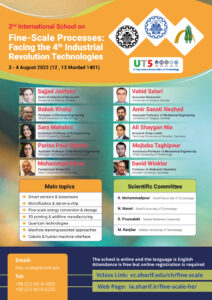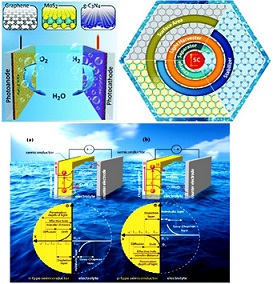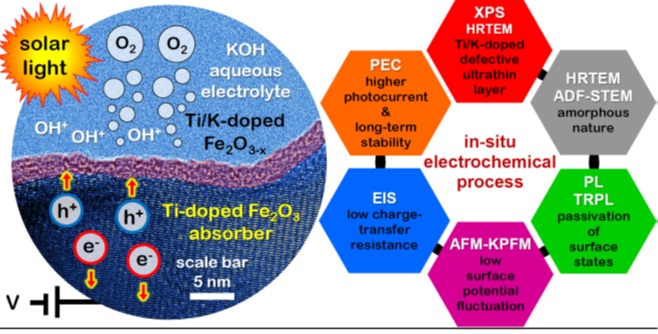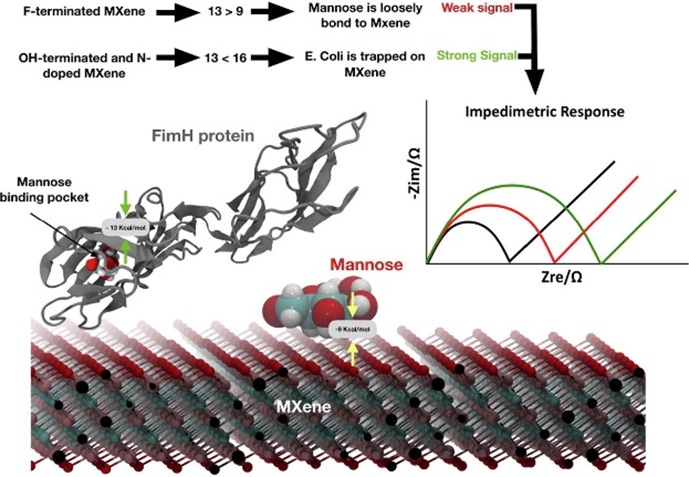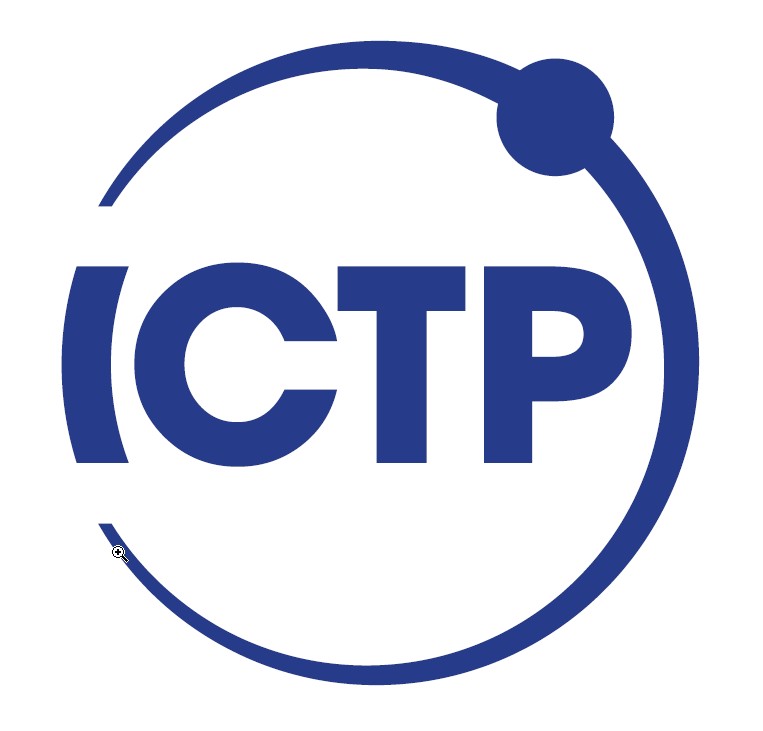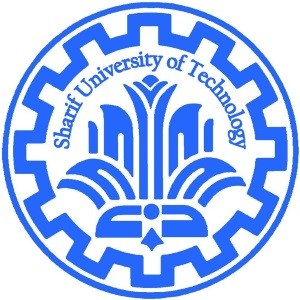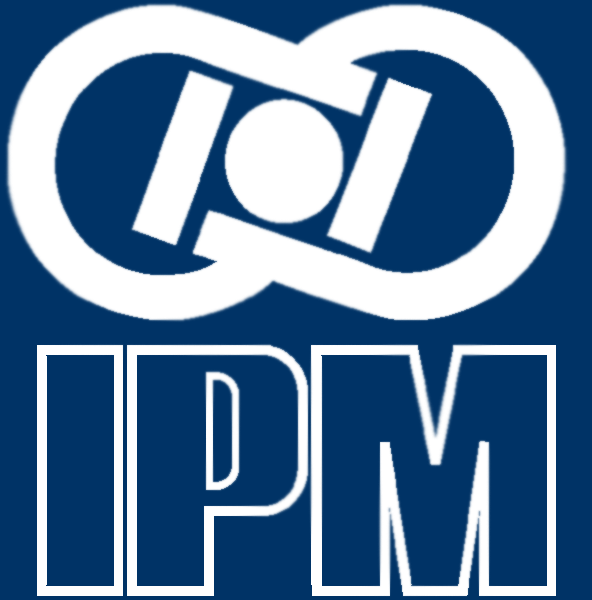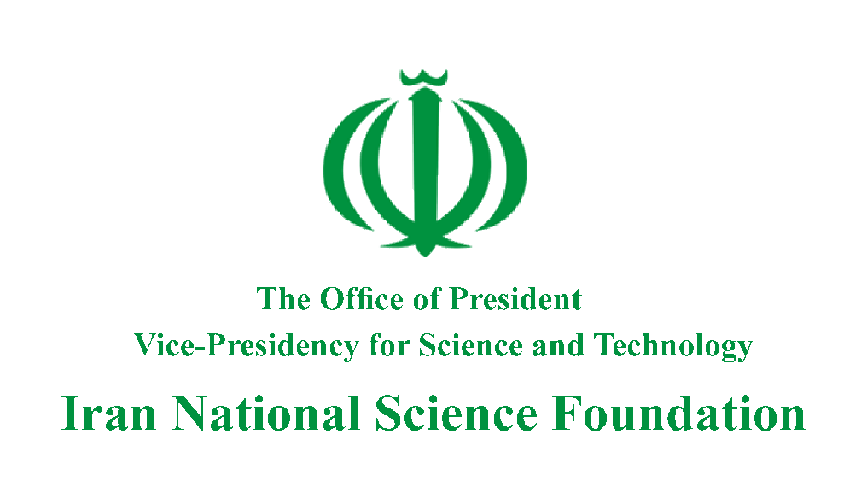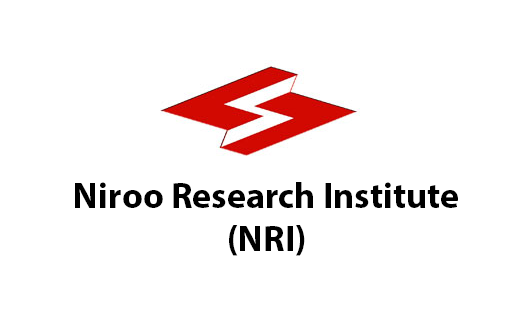-
 Passionate about electrocatalysts and electrochemical energy storage devices or printable stuffs? Joint us @ “Health & Energy Lab” !
Passionate about electrocatalysts and electrochemical energy storage devices or printable stuffs? Joint us @ “Health & Energy Lab” ! -
 How exciting is looking at electrocatalytic reactions on single-particle level? Look at recent paper by Nikan, our former master student, led beautifully by Dr. Frederic Kanoufi and Dr. Jean-François Lemineur in Universite Paris Cite. This time: Optical microscope!
How exciting is looking at electrocatalytic reactions on single-particle level? Look at recent paper by Nikan, our former master student, led beautifully by Dr. Frederic Kanoufi and Dr. Jean-François Lemineur in Universite Paris Cite. This time: Optical microscope! -
 This is I4.0. time, no doubt for sustainable additive manufacturing! Less waste, more precise design, all-in-one, more functional…Have a dream for AM of water electrolyzers? Look at this review and check what is there.
This is I4.0. time, no doubt for sustainable additive manufacturing! Less waste, more precise design, all-in-one, more functional…Have a dream for AM of water electrolyzers? Look at this review and check what is there. -
 With huge demand for IoT and wearable things, we need to scale-up miniaturized energy storage devices quickly….interested? Check our recent paper on inkjet printed flexible micro-supercapaciotrs …A highly stable ink for an on-paper disposable device
With huge demand for IoT and wearable things, we need to scale-up miniaturized energy storage devices quickly….interested? Check our recent paper on inkjet printed flexible micro-supercapaciotrs …A highly stable ink for an on-paper disposable device
Upcoming Events
2nd International School on:
Fine-Scale Processes: Facing the 4th Industrial Revolution Technologies
3-4 Augest 2022 (13-14 Mordad 1401)
The school is online and the language is English.
Attendance is free but online registration is required.
vc.sharif.edu/ch/fine-scale
ia.sharif.ir/fine-scale.he/
Selected Publications
In-situ electrochemically passivated photoanodes show higher photoelectrochemical performance and outstanding stability for about 100 hours
This work presents an industrially scalable method to controllably engineer the interfaces of semiconductors–electrolytes with precious metal-free defective hematite-based co-catalysts for sustainable photoelectrochemical solar-to-fuel conversion applications.
MXene-based nano-bio device for capturing, sensing, and filtering the Escherichia coli (E. coli) bacteria
This device not only presents a nano-platform for E. coli sensing in a wide dynamic range of 101–108 CFU/mL and a low detection limit of c.a. 10 CFU/mL, but also provides a nano filter to remove E.coli from water. Therefore, this work suggests carbohydrate functionalized MXenes as promising candidates for water sanitation and environmental protection.

